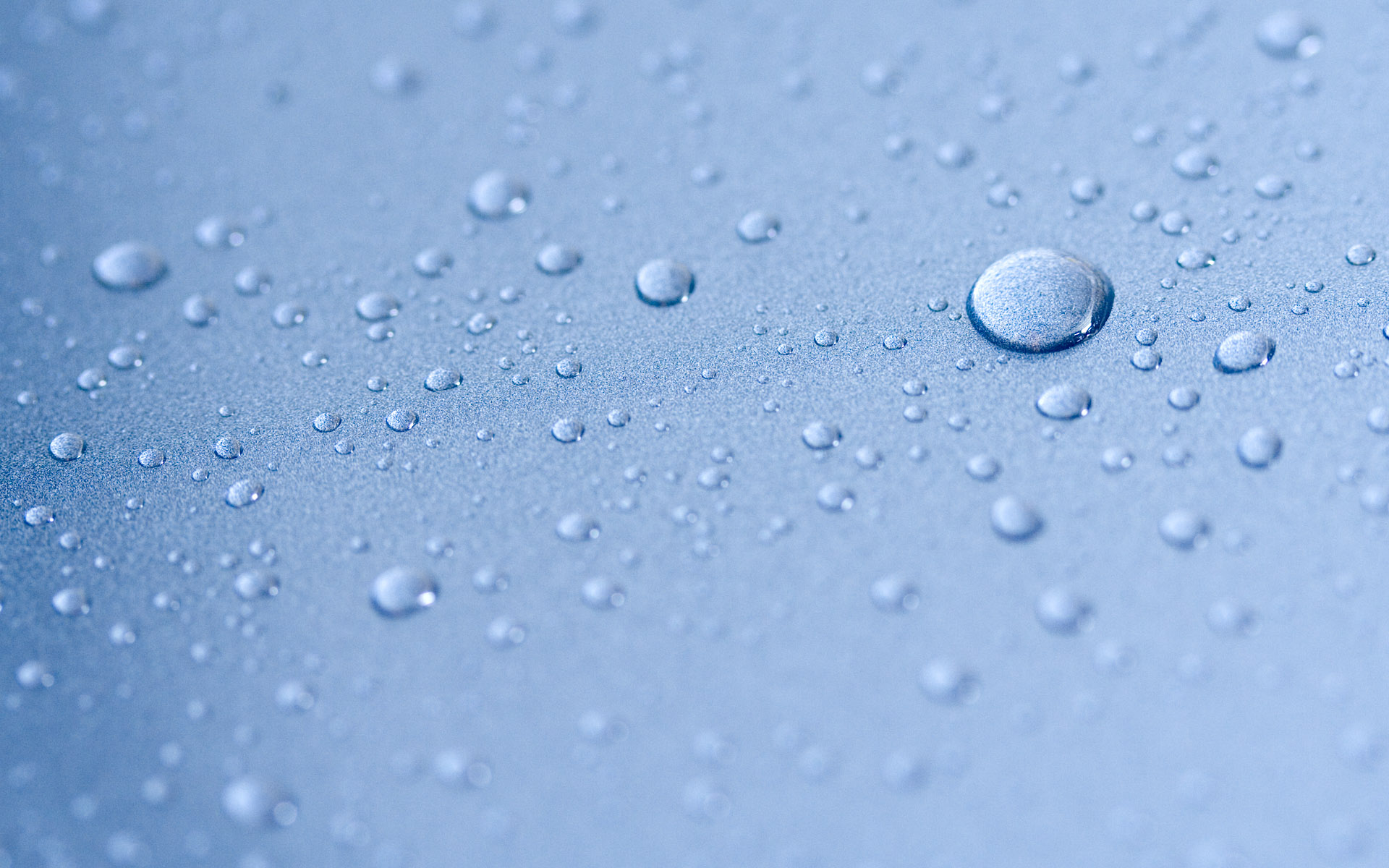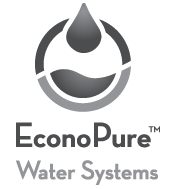Desalination by Numbers
17,000+ = The total number of desalination plants worldwide (2013)
More than 25 billion US gallons per day = The global capacity of commissioned desalination plants (2013)
150 = The number of countries where desalination is practiced
More than 300 million = The number of people around the world who rely on desalinated water for some of their water needs.
DEMWAX II™
In 2009, EconoPure™ Water Systems designed the Depth Exposed Membranes for Water Extraction or DEMWAX™ system. A sea-based system, it made use of the natural pressure and water movement at depth to provide a free, renewable way to offset an energy intensive process. In the process natural pressure offsets most of the energy needed for sea water reverse osmosis (SWRO) and surface water treatment.
In 2014, EconoPure™ redefined the DEMWAX™ technology to eliminate the long sea-to-shore umbilical and filed a new patent application for its onshore, well-based system.
The new DEMWAX II™ technology highlights:
• 70% reduction in energy use over traditional SWRO processes
• 50% reduction in total cost of water over traditional SWRO processes
• Elimination of process chemicals in water treatment/SWRO pre-treatment
• Low pressure intake does not “suck in” sea life
• Low-recovery (by design); ‘brine’ is not appreciably different from the influent – no environmental impact to discharge
• Less real estate and minimal infrastructure
• Long lasting elements (low waste)
LFNano™ for Reverse Osmosis Pre-Treatment – The use of nanofiltration ahead of a reverse osmosis (RO) process can greatly reduce energy, chemicals and operation & maintenance labor. NF pre-treatment will eliminate the contaminants that foul the RO membrane including organics, bacteria and all suspended matter. Additionally it can soften the water to allow for greater recovery on the RO stage. Too high recovery can ruin RO membranes when hardness ions get too concentrated in the water. When too concentrated they can precipitate out of the water. The LFNano™ can avoid RO scaling by removing most of the hardness with the NF pre-treatment. Further the LFNano™ is not subject to scaling as the hardness precipitate gathers on the anti-fouling particle rather than on the membrane element.
Saving energy is counterintuitive with NF pre-treatment as the tighter membrane does require greater force to get water through it. However, the saving of fouling on the RO stage and the reduction in energy there can overcome the additional energy the pre-treatment might require.


